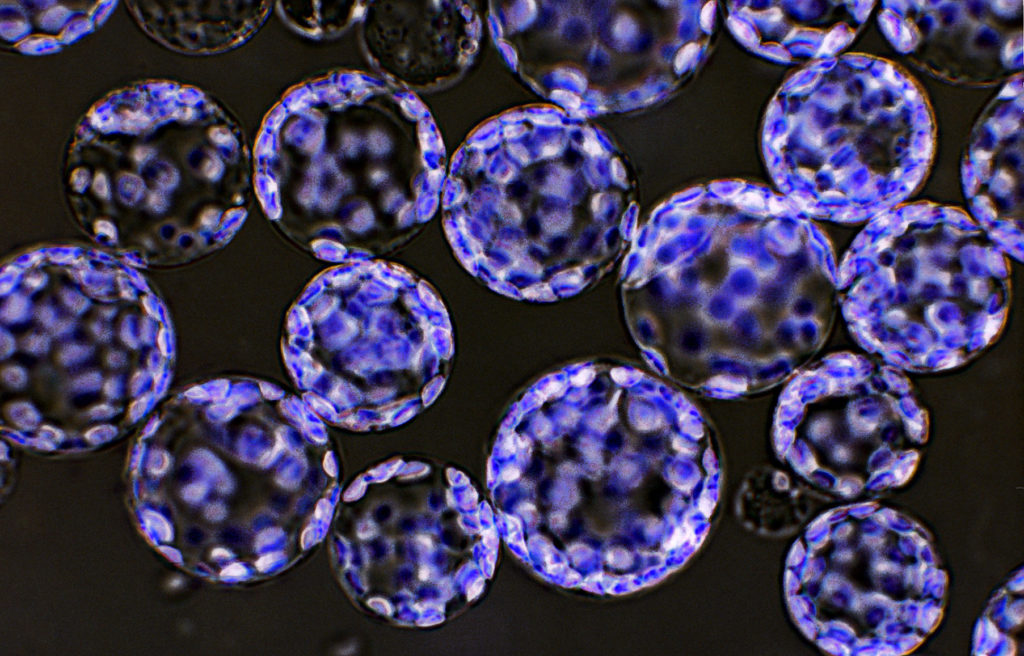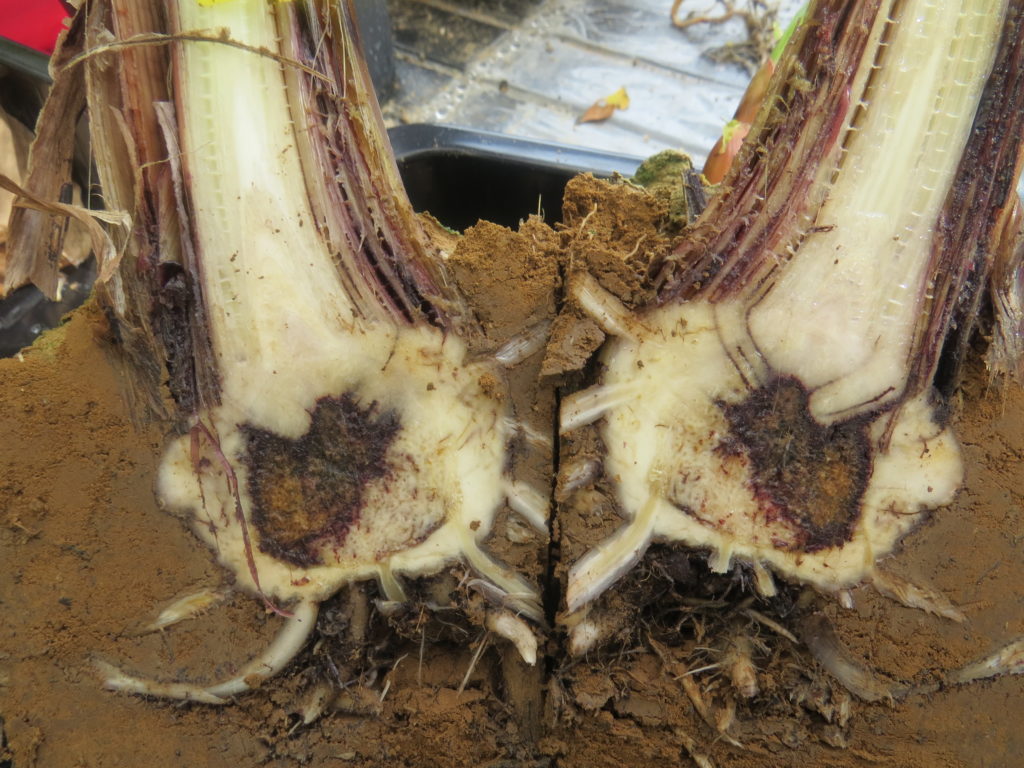22 November 2022
BGI-Sanya and KeyGene start collaboration on spatial transcriptomics for fast identification of lead genes associated with important crop traits
![]() BGI-Sanya, part of the BGI Group in China, one of the world’s largest genome research organizations, and agro-food research company KeyGene in the Netherlands have started their first research collaboration. The main aim is to study the added value of BGI’s revolutionizing spatial transcriptomics platform, Stereo-Seq, for plant breeding. The first joint project will focus on identifying lead genes involved in the interaction between plants and pathogens. Such leads will form the basis for the development of crop varieties that contain novel and durable resistances against pathogens. This will support sustainable food production around the globe.
BGI-Sanya, part of the BGI Group in China, one of the world’s largest genome research organizations, and agro-food research company KeyGene in the Netherlands have started their first research collaboration. The main aim is to study the added value of BGI’s revolutionizing spatial transcriptomics platform, Stereo-Seq, for plant breeding. The first joint project will focus on identifying lead genes involved in the interaction between plants and pathogens. Such leads will form the basis for the development of crop varieties that contain novel and durable resistances against pathogens. This will support sustainable food production around the globe.
Unraveling relevant gene activity
 Gene expression analysis through transcriptomics is considered one of the most powerful approaches for functional analysis and the identification of lead genes potentially involved in important crop traits. However, many of these genes are active in only a small part of the plant. Genes for carbohydrate storage may be active in seeds, and not in leaves. Genes involved in the plant’s defense against a pathogen could be active in specific parts of leaf tissue where the fungus attacks.
Gene expression analysis through transcriptomics is considered one of the most powerful approaches for functional analysis and the identification of lead genes potentially involved in important crop traits. However, many of these genes are active in only a small part of the plant. Genes for carbohydrate storage may be active in seeds, and not in leaves. Genes involved in the plant’s defense against a pathogen could be active in specific parts of leaf tissue where the fungus attacks.
Measuring gene activity in whole plants or organs, so-called bulk RNA sequencing, is not sensitive and precise enough to identify relevant genes that are expressed only locally but are crucially involved in a trait of interest. Plant breeding would therefore be greatly supported when it would be possible to reveal gene activity in a spatial context across the plant tissue landscape. One would then be able to discover relevant gene activity associated with important crop traits even when only a limited number of cells is involved, like upon localized infection by a plant pathogen. This approach is called spatial transcriptomics.
Stereo-Seq transcriptomics
BGI recently introduced the Stereo-Seq technology for spatial transcriptomics. This technology is one of the first to read out gene expression in situ at a cellular level. “We are very excited that the collaboration with BGI Sanya will support us to be at the forefront of exploring the possibilities of this promising technology for breeding the world’s future crop varieties that will contribute to the sustainable production of sufficient and good food.” said Arjen van Tunen, CEO of KeyGene.
“Our collaboration with KeyGene gives us great opportunities to study the value of Stereo-Seq for plant research and plant breeding in industry and the academic world around the globe.” said Fang Xiaodong, CEO of BGI-Sanya.
Improving sustainable food production
 KeyGene & BGI Sanya decided to start out with plant-pathogen interaction to explore the potential value of Stereo-Seq in lead gene discovery. The first response of a plant to an attack by a pathogen is limited to the infection site and to a short time interval after infection. Therefore, spatial transcriptomics could be typically powerful to find lead genes that will help to breed new varieties with durable resistance to pests and diseases. These varieties support the sustainability of agriculture.
KeyGene & BGI Sanya decided to start out with plant-pathogen interaction to explore the potential value of Stereo-Seq in lead gene discovery. The first response of a plant to an attack by a pathogen is limited to the infection site and to a short time interval after infection. Therefore, spatial transcriptomics could be typically powerful to find lead genes that will help to breed new varieties with durable resistance to pests and diseases. These varieties support the sustainability of agriculture.